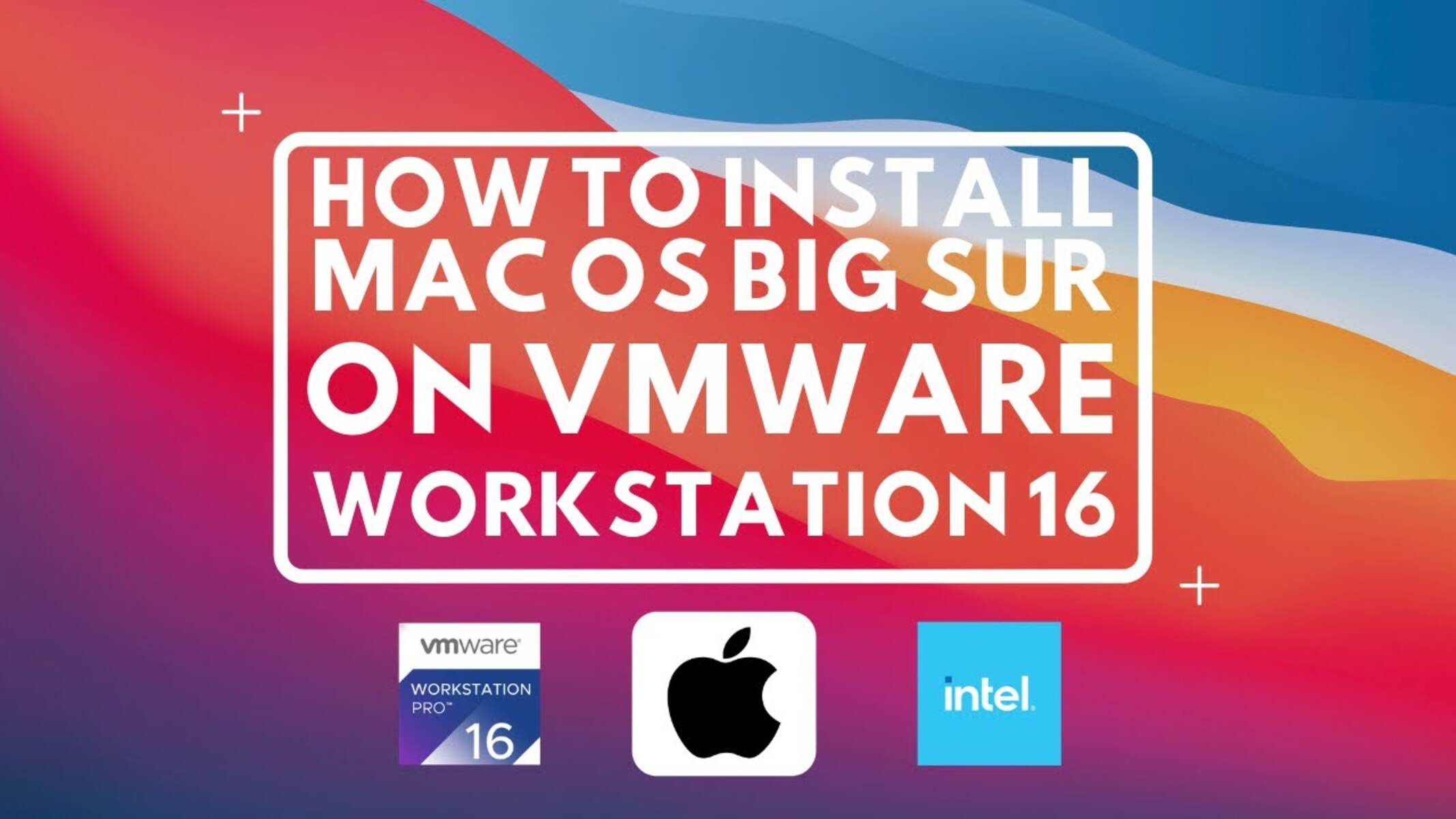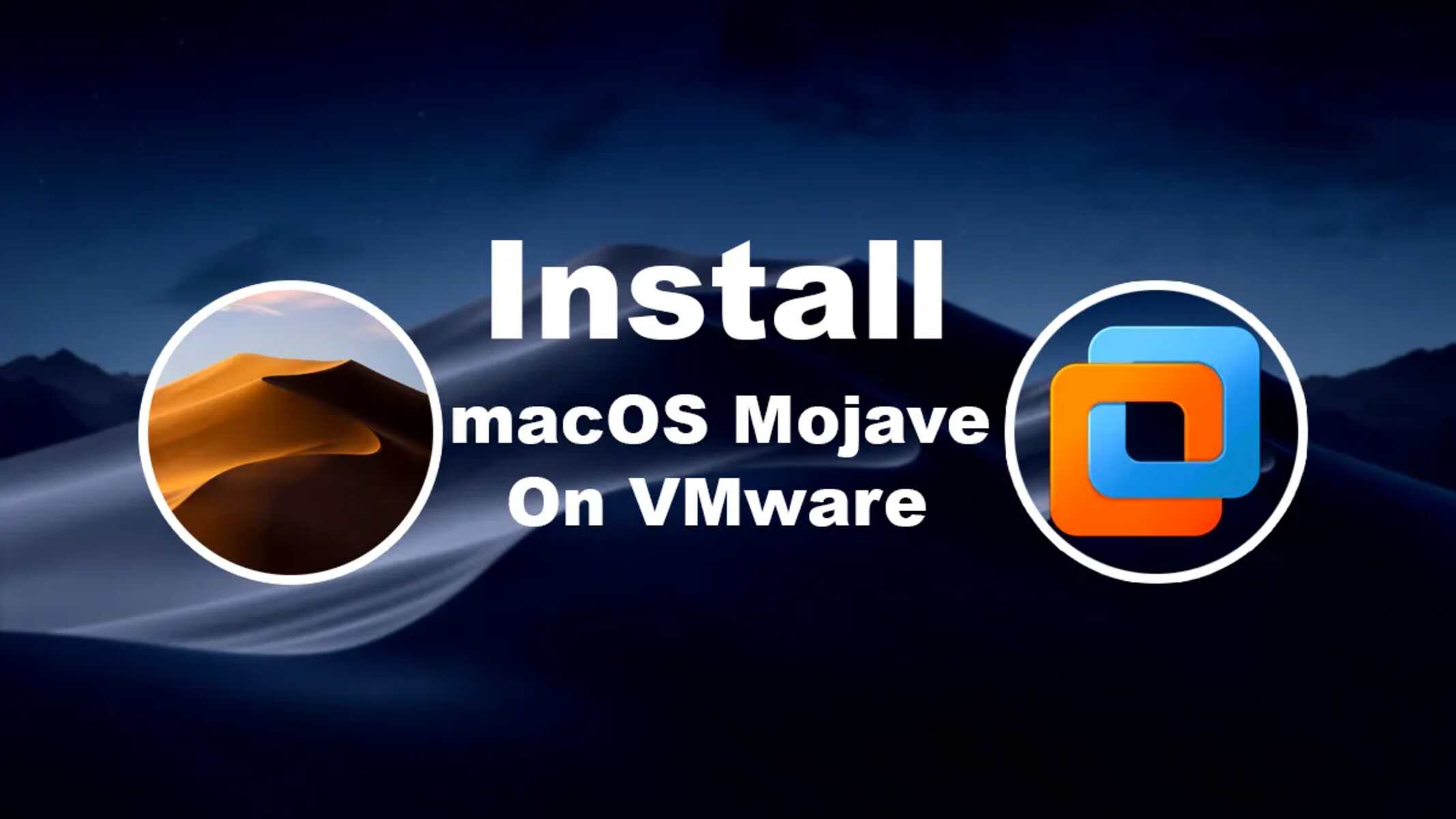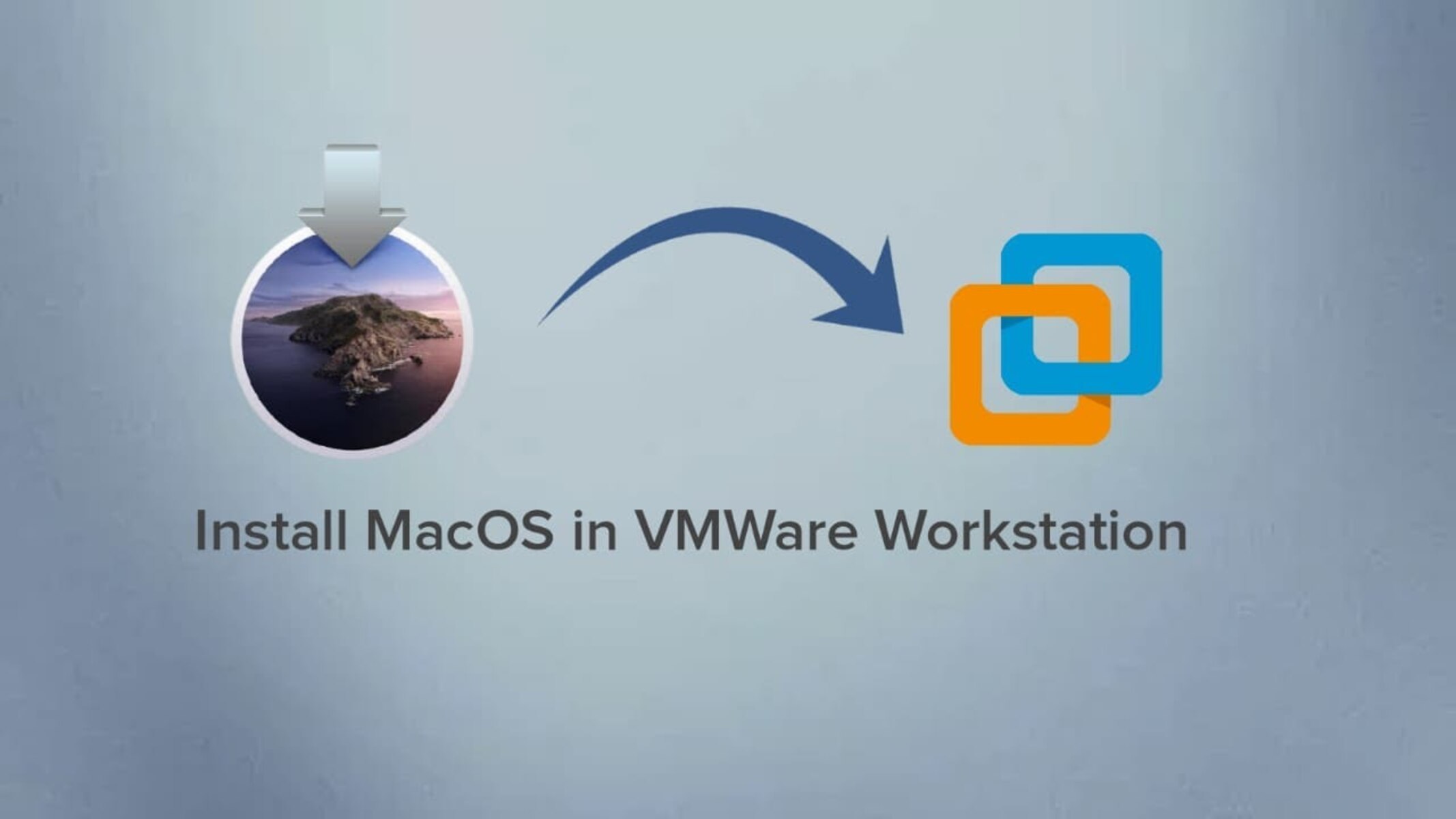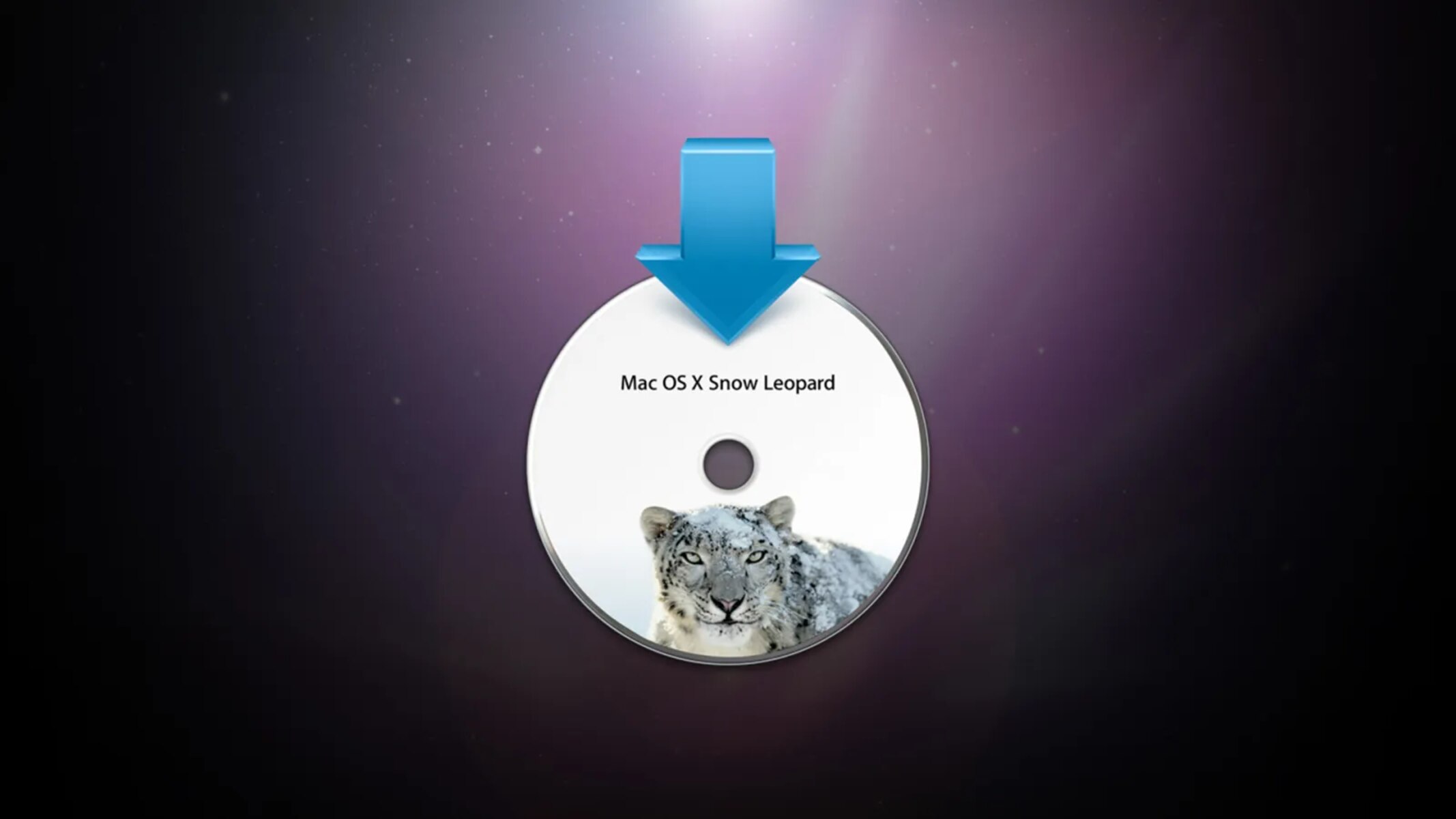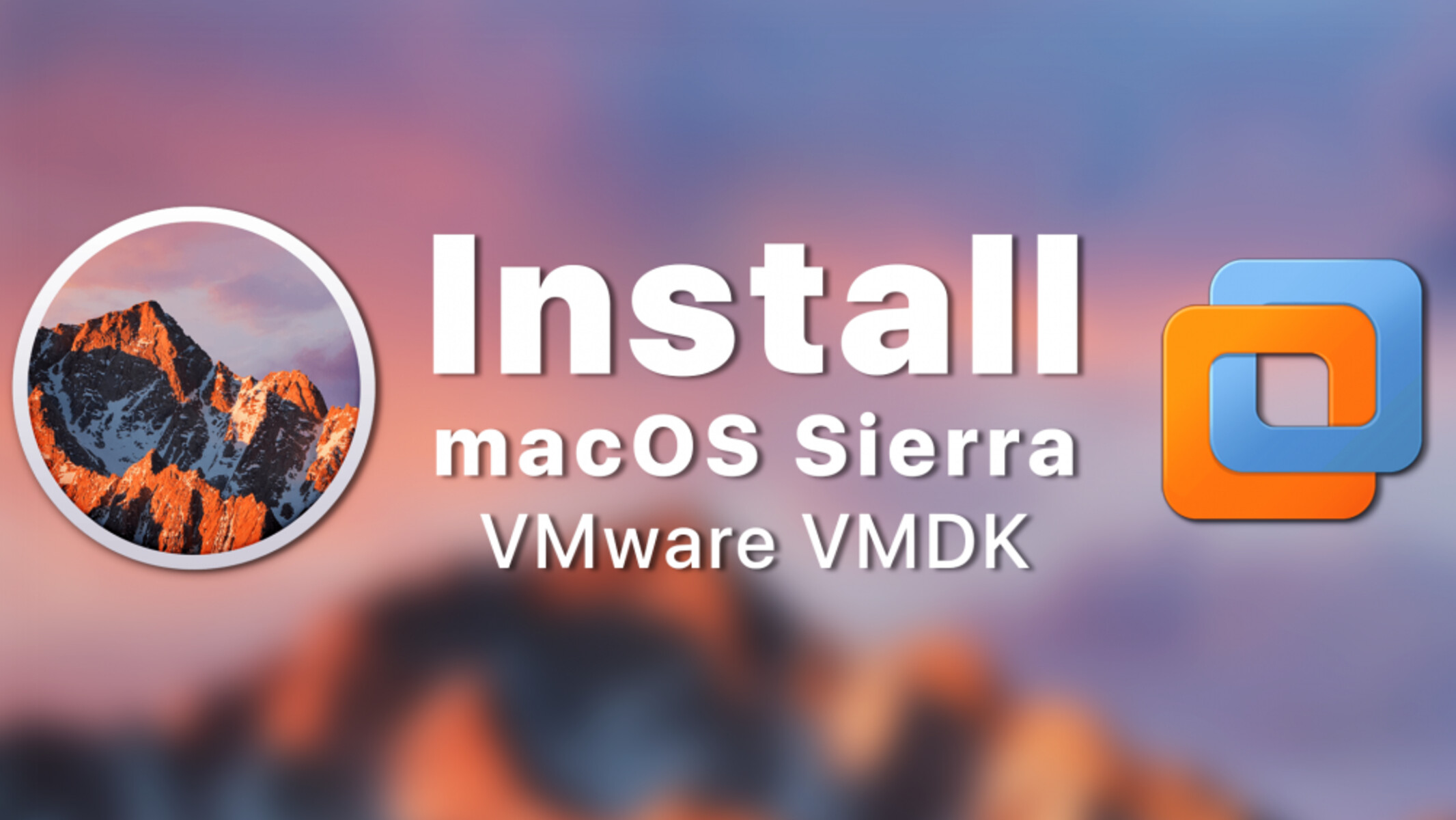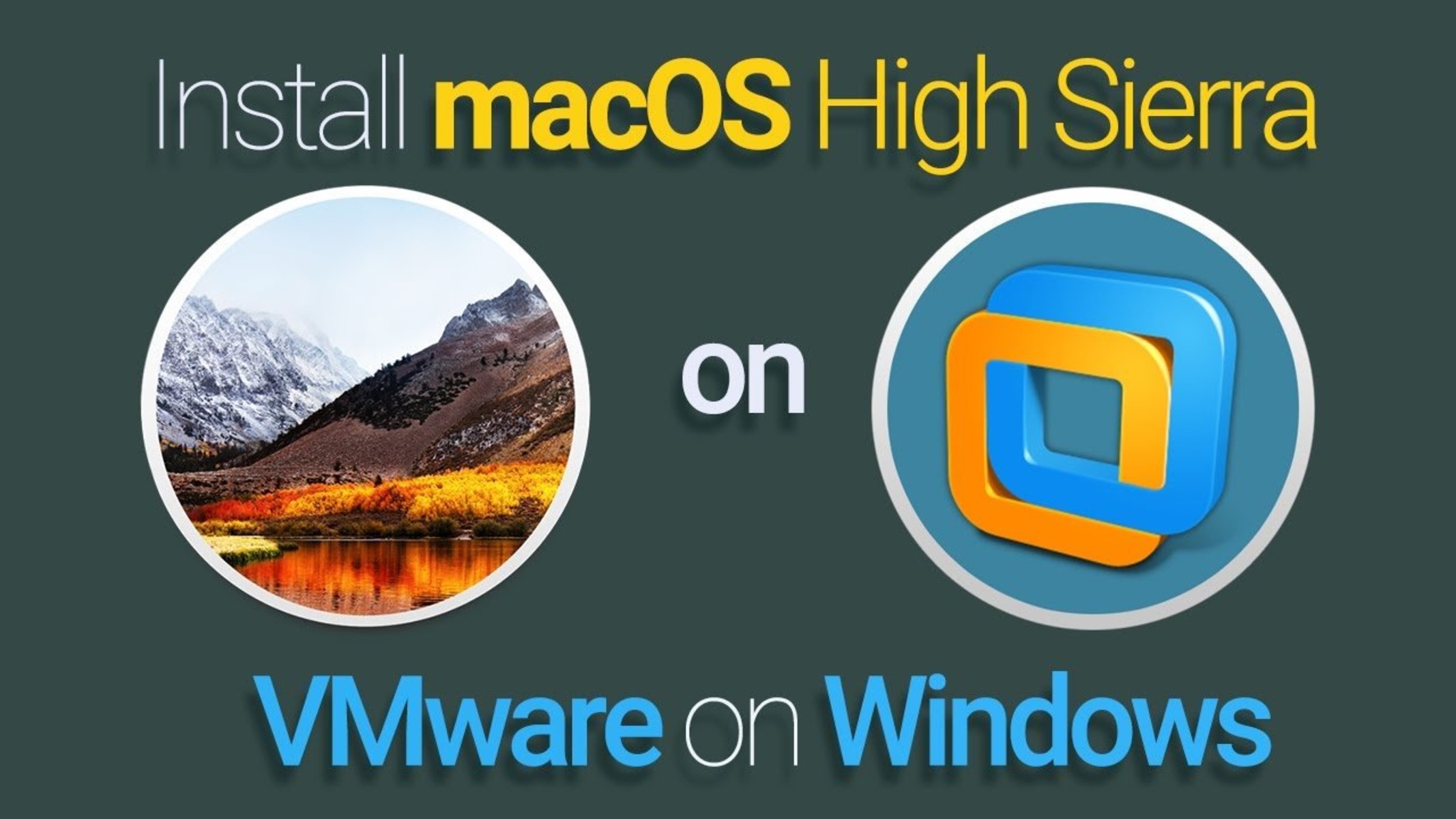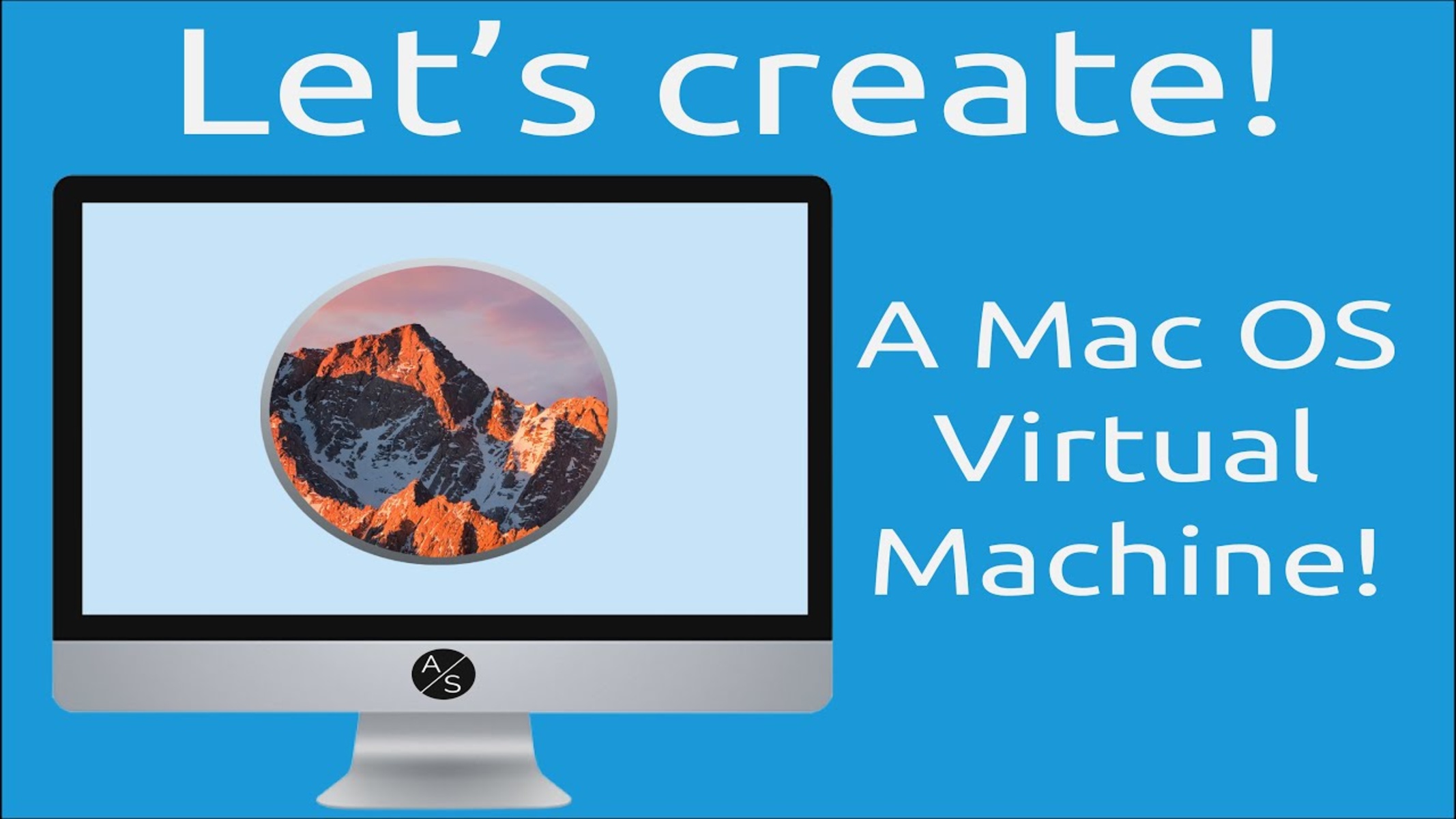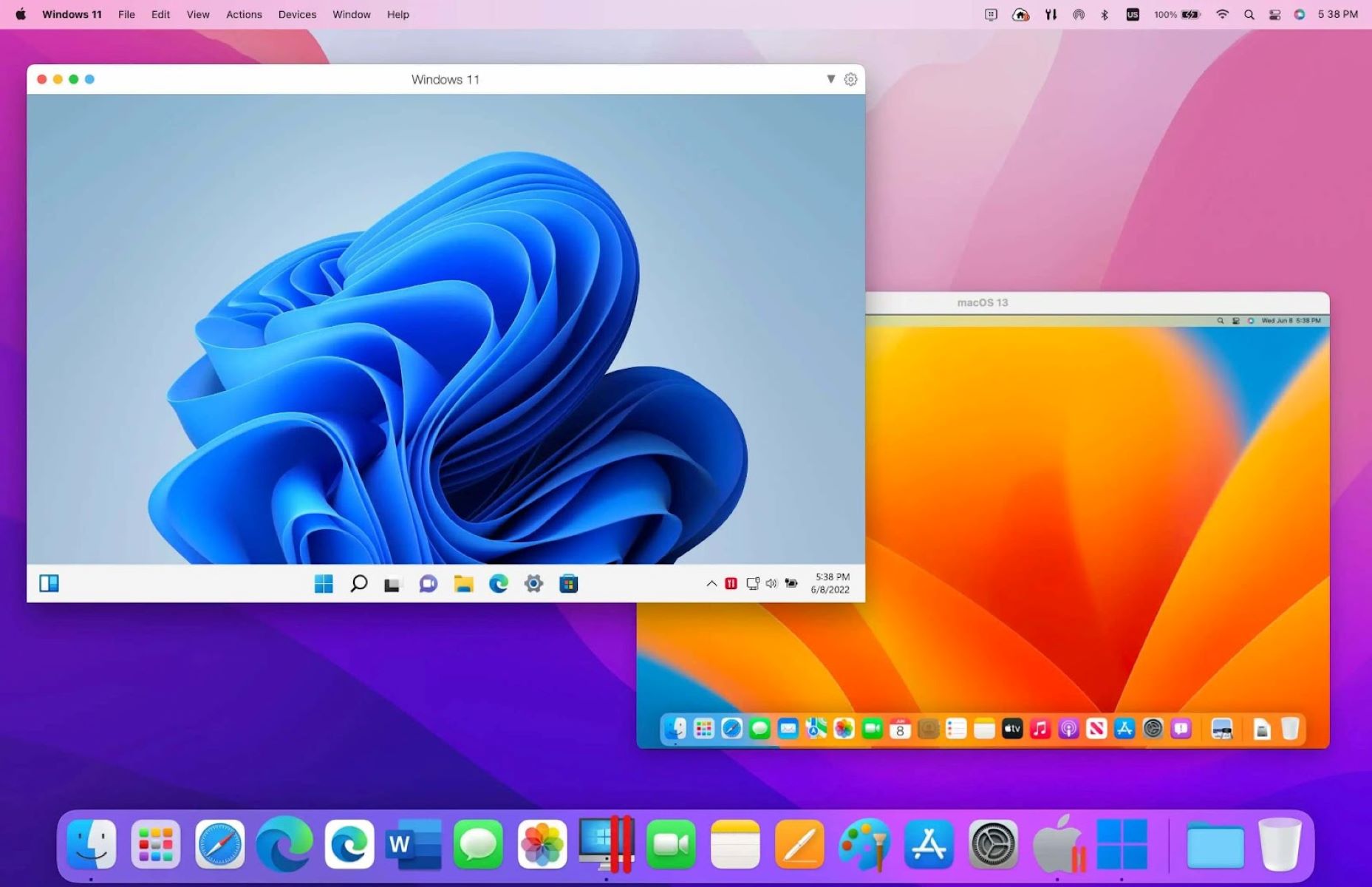Introduction
Welcome to the guide on how to install macOS on VMware Workstation 16. If you’re a macOS enthusiast or a developer who needs to test applications on macOS, running it as a virtual machine on VMware Workstation is a convenient option. This guide will walk you through the step-by-step process, ensuring a smooth installation and configuration.
By virtualizing macOS on VMware Workstation, you can run macOS alongside your existing operating system without the need for a separate physical machine. This flexibility allows you to enjoy the benefits of macOS while still having access to your primary operating system.
Before diving into the installation process, it’s important to note that running macOS on non-Apple hardware is not officially supported. However, if you meet the necessary requirements and follow the steps carefully, you can successfully install macOS on VMware Workstation.
This guide assumes that you have a valid macOS installer file (such as the macOS Mojave, macOS High Sierra, or macOS Catalina installer) ready to use. Additionally, you will need a copy of VMware Workstation 16 installed on your Windows or Linux machine.
Please keep in mind that installing macOS on VMware Workstation is meant for educational and testing purposes only. If you intend to use macOS commercially, it is recommended to use official Apple hardware.
The installation process involves creating a new virtual machine, configuring the virtual machine settings, editing the configuration file, installing VMware Tools, and finalizing the macOS installation. Each step is crucial for a successful installation, so make sure to follow along closely.
Now that you’re familiar with the installation process, let’s move on to the first step, which is to download the macOS installer.
Prerequisites
Before you begin the installation process, ensure that you have the following prerequisites:
- A copy of VMware Workstation 16 installed on your Windows or Linux machine. You can download and install a trial version from the VMware website.
- A valid macOS installer file, such as the macOS Mojave, macOS High Sierra, or macOS Catalina installer. You can obtain this file from the App Store or other reliable sources.
- A sufficiently powerful computer with hardware virtualization support. Check your computer’s BIOS settings to ensure that Intel VT-x or AMD-V is enabled.
- Adequate free disk space for the virtual machine and the macOS installer file. macOS requires a minimum of 20GB of disk space, but it’s recommended to allocate at least 40GB for optimal performance.
- A stable and high-speed internet connection to download any necessary updates during the installation process.
- Basic knowledge of VMware Workstation and virtual machine configuration. Familiarize yourself with the VMware Workstation interface and settings before proceeding.
It’s essential to have these prerequisites in place to ensure a smooth and successful installation of macOS on VMware Workstation. Without meeting these requirements, you may encounter compatibility issues or experience performance problems.
Before you proceed with the installation, make sure to back up any important data on your computer. While the installation process is generally safe, it’s always wise to have a backup in case of unexpected issues.
Now that you have the necessary prerequisites in hand, you’re ready to move on to the next step: downloading the macOS installer.
Step 1: Download macOS Installer
The first step in installing macOS on VMware Workstation is to obtain the macOS installer file. This file contains the necessary installation files for the specific version of macOS you want to install.
To download the macOS installer, follow these steps:
- Open the App Store on a Mac computer or visit the Apple Developer website to download the macOS Mojave, macOS High Sierra, or macOS Catalina installer. Sign in with your Apple ID if necessary.
- Search for the desired macOS version in the App Store or on the Apple Developer website. Once you locate the desired macOS installer, click on the “Download” or “Get” button.
- The download process may take some time, depending on your internet connection speed. Once the download is complete, you will find the macOS installer in your Applications folder or in the location where you saved it.
It’s important to note that the macOS installer is a large file, typically over 6GB in size. Ensure that you have sufficient internet bandwidth and disk space to download and store the installer.
Once you have downloaded the macOS installer file, you’re ready to proceed to the next step: creating a new virtual machine in VMware Workstation.
Step 2: Create a New Virtual Machine in VMware Workstation 16
After downloading the macOS installer, the next step is to create a new virtual machine in VMware Workstation 16. This virtual machine will serve as the environment for installing and running macOS.
To create a new virtual machine, follow these steps:
- Launch VMware Workstation 16 on your computer.
- Click on the “Create a New Virtual Machine” option on the Home tab or go to File > New Virtual Machine.
- The New Virtual Machine Wizard will open. Select “Typical (recommended)” and click “Next”.
- Choose “I will install the operating system later” and click “Next”.
- Specify the guest operating system as “Apple Mac OS X” and select the macOS version you want to install from the drop-down menu.
- Enter a name for your virtual machine and choose a location to store the virtual machine files. It’s recommended to select a location on a fast and spacious drive.
- Set the maximum disk size for the virtual machine. Allocate a sufficient amount of disk space to ensure smooth operation of macOS. It’s recommended to allocate at least 40GB for optimal performance.
- Click “Finish” to create the virtual machine. VMware Workstation will create the necessary files and configuration for the new virtual machine.
Once the virtual machine is created, you will see it listed in the VMware Workstation interface. Now, you’re ready to adjust the virtual machine settings in the next step.
Step 3: Adjust Virtual Machine Settings
After creating the new virtual machine in VMware Workstation 16, the next step is to adjust the virtual machine settings to ensure optimal performance and compatibility with macOS.
Follow these steps to adjust the virtual machine settings:
- Open the VMware Workstation interface and select the virtual machine you created from the list.
- Click on “Edit virtual machine settings” or go to VM > Settings.
- In the Hardware tab, adjust the settings based on the following recommendations:
- Memory: Allocate an appropriate amount of memory (RAM) for your virtual machine. macOS requires a minimum of 4GB, but it’s recommended to allocate at least 8GB for optimal performance.
- Processors: Assign an adequate number of processors to the virtual machine. macOS can run on a single processor, but assigning multiple processors can improve performance. However, be mindful not to allocate all of your host machine’s processors to the virtual machine.
- Display: Adjust the display settings as needed. It’s recommended to increase the video memory to enhance the graphical performance of macOS.
- Network Adapter: Configure the network adapter settings based on your requirements. You can choose to use a bridged network connection or NAT depending on your network setup.
- Other hardware devices: Adjust any additional hardware devices or settings as necessary. This includes USB controllers, sound cards, and CD/DVD drives.
- After adjusting the settings, click “OK” to save the changes.
It’s crucial to allocate enough resources to the virtual machine so that macOS can run smoothly. Insufficient memory or processor allocation may result in sluggish performance or compatibility issues.
Once you have adjusted the virtual machine settings, you’re ready to proceed to the next step: editing the virtual machine configuration file.
Step 4: Edit the Virtual Machine Configuration File
After adjusting the virtual machine settings in VMware Workstation 16, the next step is to edit the virtual machine’s configuration file to enable macOS installation.
Follow these steps to edit the virtual machine configuration file:
- Select the virtual machine in the VMware Workstation interface.
- Click on “Edit virtual machine settings” or go to VM > Settings.
- In the Hardware tab, select the “Hard Disk (SATA)” option and click on “Remove” to remove the existing virtual hard disk. This step is necessary to prevent any conflicts during macOS installation.
- Next, click on “Add” to add a new virtual hard disk. Choose “Hard Disk” and click “Next”.
- Select “SATA” as the disk type and click “Next”.
- Choose the option to “Create a new virtual disk” and click “Next”.
- Specify the disk capacity for the virtual hard disk. Allocate at least 40GB to accommodate the macOS installation and any additional software or files you may need.
- Choose a name and location for the virtual hard disk file, and then click “Finish” to create the new virtual hard disk.
- Close the virtual machine settings dialog box.
- Navigate to the directory where the virtual machine files are stored. Look for the virtual machine configuration file with the .vmx extension.
- Open the .vmx file using a text editor, such as Notepad or TextEdit.
- Add the following line at the end of the .vmx file:
smc.version = "0"
- Save and close the .vmx file.
Editing the virtual machine configuration file is important to ensure proper compatibility with macOS. By removing and adding a new virtual hard disk, and adding the “smc.version” line, you enable the macOS installation process to proceed smoothly within the virtual machine.
Now that you have edited the virtual machine configuration file, you’re ready to proceed to the next step: installing VMware Tools.
Step 5: Install VMware Tools
After editing the virtual machine configuration file, the next step is to install VMware Tools. VMware Tools is a set of utilities and drivers that enhance the performance and functionality of the virtual machine.
To install VMware Tools, follow these steps:
- Start the virtual machine by selecting it in the VMware Workstation interface and clicking on “Power on this virtual machine”.
- Once the virtual machine has booted up, go to VM > Install VMware Tools in the VMware Workstation menu.
- A virtual CD/DVD drive will be mounted in the virtual machine. Open it and run the VMware Tools installer.
- Follow the on-screen instructions to install VMware Tools. The installation process may vary depending on the macOS version you are installing.
- After the installation is complete, restart the virtual machine to apply the changes.
Installing VMware Tools is essential as it provides improved graphics performance, better mouse integration, and other functionalities that enhance the overall experience of using macOS within the virtual machine.
Once you have installed VMware Tools and restarted the virtual machine, you’re ready to proceed to the final step: finalizing the macOS installation.
Step 6: Finalize macOS Installation
After installing VMware Tools, the final step is to finalize the macOS installation within the virtual machine. This involves setting up macOS and configuring any additional settings to ensure a smooth and optimal experience.
Follow these steps to finalize the macOS installation:
- Start the virtual machine by selecting it in the VMware Workstation interface and clicking on “Power on this virtual machine”.
- The macOS installation process will begin. Follow the on-screen instructions to set up macOS as you would on a physical Mac.
- Specify your language preferences, create a user account, and set up other necessary details.
- Once the macOS setup is complete, you will be taken to the macOS desktop within the virtual machine.
- Take a moment to ensure that all basic functionalities, such as network connectivity, sound, and graphics, are working correctly within macOS.
- Optional: Install any necessary updates for macOS by going to the Apple menu > System Preferences > Software Update. This ensures that your macOS installation is up to date with the latest security patches and bug fixes.
- Customize macOS settings and install any additional software you may need for your specific tasks or development purposes.
At this point, you have completed the installation of macOS on VMware Workstation 16. You now have a fully functional macOS environment running within the virtual machine.
Please keep in mind that performance may vary depending on your host machine’s specifications and resources allocated to the virtual machine. Adjust settings as needed to optimize performance.
It’s important to note that you should use this macOS installation for educational, testing, or development purposes only. Running macOS on non-Apple hardware is not officially supported, and it is recommended to use official Apple hardware for commercial use of macOS.
Congratulations on successfully installing macOS on VMware Workstation! Enjoy exploring and utilizing the features and capabilities of macOS within the virtual machine.
Conclusion
Installing macOS on VMware Workstation 16 provides a convenient way to experience the features of macOS without the need for dedicated Apple hardware. By following the step-by-step guide, you have successfully created a virtual machine, adjusted the necessary settings, edited the configuration file, installed VMware Tools, and finalized the macOS installation.
It’s important to remember that running macOS on non-Apple hardware is not officially supported, and this installation should be used for educational, testing, or development purposes only. For commercial use of macOS, it is recommended to utilize official Apple hardware.
Throughout the installation process, ensure that you meet the specified prerequisites and carefully follow each step to guarantee a smooth experience. Adjust the virtual machine settings accordingly to allocate sufficient resources and optimize performance.
By installing VMware Tools, you enhance the functionality and performance of the macOS virtual machine, expanding its capabilities and improving the user experience.
Now that you have a fully functional macOS environment running within a virtual machine, it is time to explore, utilize, and customize it to suit your specific needs. Install the required software, make necessary updates, and enjoy the benefits of macOS without needing a separate physical machine.
Remember to periodically update macOS by accessing the Software Update option to ensure that your installation is equipped with the latest security patches and enhancements.
By following this guide, you have successfully installed macOS on VMware Workstation 16, opening up a world of possibilities for development, testing, or educational purposes. Enjoy the seamless experience of the macOS operating system within a virtual machine.







